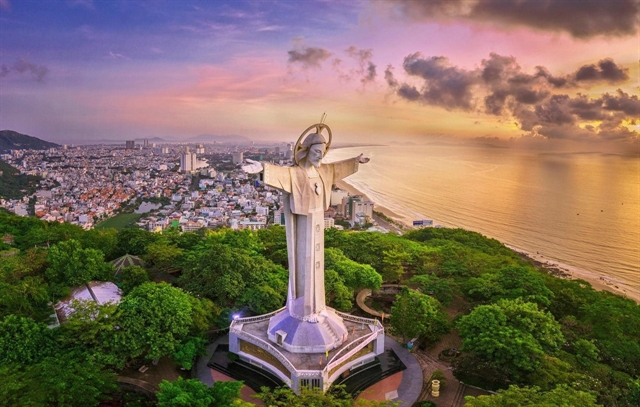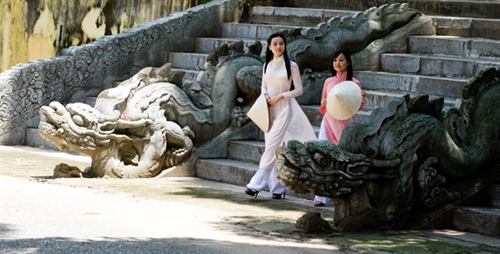 Life & Style
Life & Style

A detailed plan to preserve and develop the Thăng Long Citadel complex in downtown Hà Nội was officially announced yesterday at the site.
 |
| Ancient: Đoan Môn Gate at Thăng Long Citadel Complex. Photo vivu360.vn |
HÀ NỘI — A detailed plan to preserve and develop the Thăng Long Citadel complex in downtown Hà Nội was officially announced yesterday at the site.
The central part of Thăng Long Citadel complex will become an open cultural park along with an adjacent archaeological site at 18 Hoàng Diệu Street next to the present National Assembly House.
The site covers a total area of more than 18ha.
The plan, proposed by the Ministry of Construction, offers preservation solutions for ancient relics and architecture built during the French period from the second half of the 19th century to the first half of the 20th century.
These include the Kỳ Đài (Flag Pole), remnants of Kính Thiên Palace, and gates like Đoan Môn (South Gate) and Bắc Môn (North Gate) as well as eight buildings used as the military strategy department office of the French regime.
The plan also suggests landscaping and tree planting plans, as well as an infrastructure system including water supply, drainage and electricity for the whole site.
Deputy Chairman of Hà Nội’s People’s Committee Ngô Văn Quý said authorities have assigned the Thăng Long-Hà Nội Heritage Preservation Centre and other agencies to carry out renovations on the most degraded relics at the site.
“During the first phase, the city will focus on upgrading relics located in the central part of the site, including the Flag Pole, Đoan Môn, the foundation of Kính Thiên Palace, Hậu Lâu Palace Pavilion and Bắc Môn,” he said.
Basic preservation is scheduled for completion by 2020, followed by the restoration of selected buildings. After 2020, more long-term tasks, like rebuilding Kính Thiên Palace, will be carried out.
The Thăng Long Imperial Citadel was built in the 11th century during the Lý Dynasty, marking the independence of the Đại Việt (Great Việt).
It was the centre of regional political power for almost 10 centuries without interruption. The Imperial Citadel buildings and the remains at the 18 Hoàng Diệu archaeological site reflect a unique Southeast Asian culture specific to the lower Red River Delta.
The kingdom was at a crossroads between influences from China in the north and the ancient Kingdom of Champa in the south.
The central section of the imperial citadel was officially listed as a UNESCO World Heritage Site in July 2010. -- VNS
 |
| Peaceful: Kính Thiên Palace inside Thăng Long Citadel Complex. VNS File Photo |